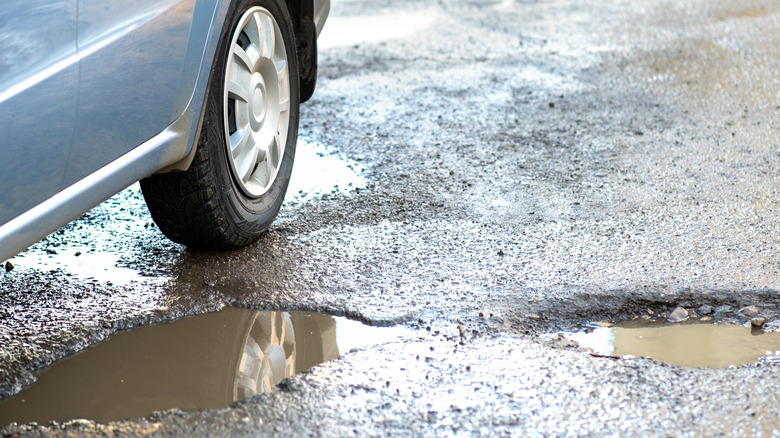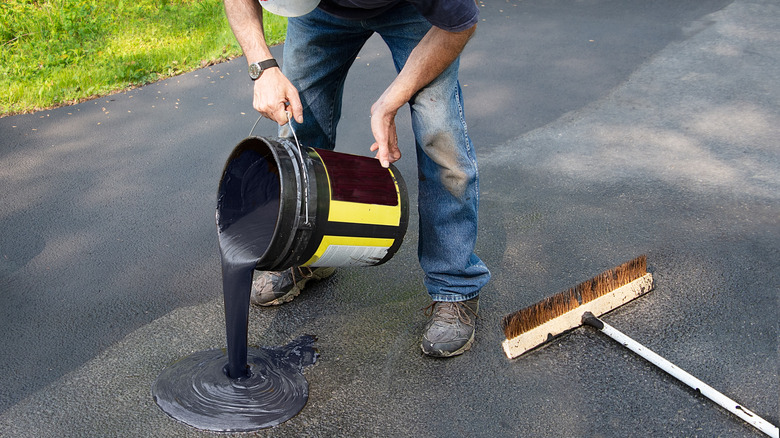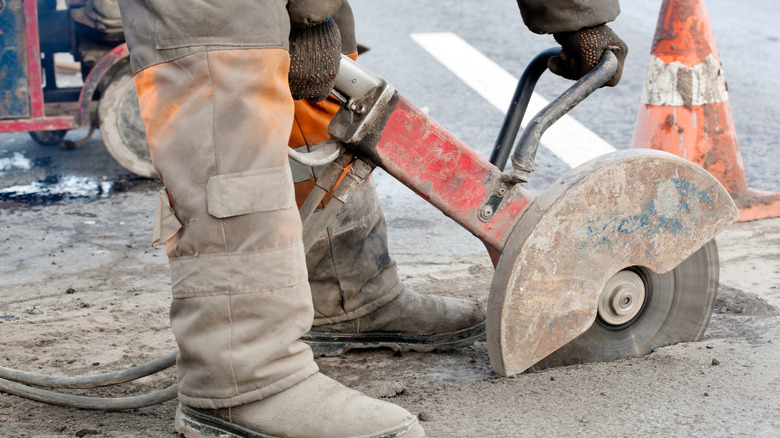Tips To Prevent Potholes From Forming In Your Asphalt Driveway During Winter
Picture an early morning in the dead of winter: You've just sat in your car, reversed onto your asphalt driveway, and hit an unexpected pothole before you've even touched the road. In winter, asphalt becomes vulnerable to fickle weather and slowly expands, contracts, and eventually breaks under harsh temperatures. Your driveway is also the one place where your car repeatedly accelerates, reverses, and brakes, creating a weak foundation for the pavement over time. Thankfully, there are a few ways to repair and prevent potholes from forming on our asphalt driveway, including cold patches, infrared machines, and driveway paving.
Driveways require consistent upkeep to prevent cracks that later turn into potholes. For example, when you don't shovel your driveway, snow will seep into the asphalt and cause damage before you can see it. Before starting to repair your asphalt driveway riddled with potholes, ensure you're maintaining the driveway properly — not allowing snow or sleet to accumulate. When it comes to your driveway, having a keen attention to detail will result in fewer cracks and potholes. As a result, it will save you the time, effort, and money it takes to repair it. Thankfully, we're all prone to learning from our mistakes by finding ways to prevent and repair another pothole disaster.
How to prevent potholes from forming in your driveway
One of the easier ways to prevent potholes from occurring, especially in the winter, is by laying down salt as a preventative measure. On days when temperatures dip below 32 degrees Fahrenheit, lay down a bed of salt on your driveway to catch any snow, sleet, or rain that may fall. Believe it or not, salt can lower the freezing temperatures of water while simultaneously melting large heaps of snow. As snow accumulates, you may want to continue adding layers of salt to ensure the majority of it is being absorbed.
If cracks have already begun to form on your driveway, you may benefit from a crack or slurry sealant. Treating existing cracks — small or large — will protect the underlying concrete that creates the foundation for your driveway, which will decrease the likelihood of cracks turning into potholes. This can be done professionally or independently, depending on your home improvement skills. Once the sealant has been poured and smoothed over the cracked surface, you may choose to add an asphalt overlay as a more intensive preventative measure.
How to repair potholes that have already occurred
Not all driveways are created equal, and before you know it, a pothole may have made its way to the surface of your driveway. If that's the case, pothole patching is the quickest, cheapest, and most convenient way to address the issue at hand. A professional patching team will be sent to the site of the pothole to assess the situation, pour a small amount of asphalt inside the pothole, and use a roller to seal it into the surface. It's important to note that while pothole patching is the most accessible method for reconstruction, the patch will only last about a year and won't sustain the quality of your driveway over time.
On the other hand, the most expensive solution is also the one that will last you the longest: Dig-out patching. Dig-out patching consists of removing all the asphalt surrounding the pothole, re-grading the foundation, and patching and compacting the space with asphalt. Dig-out patching doesn't just address surface-level tension. It restructures the surface into a more stable foundation for your car. If your potholes are too deep, investing in dig-out patchwork may be the best solution to avoid annual driveway renovations.


